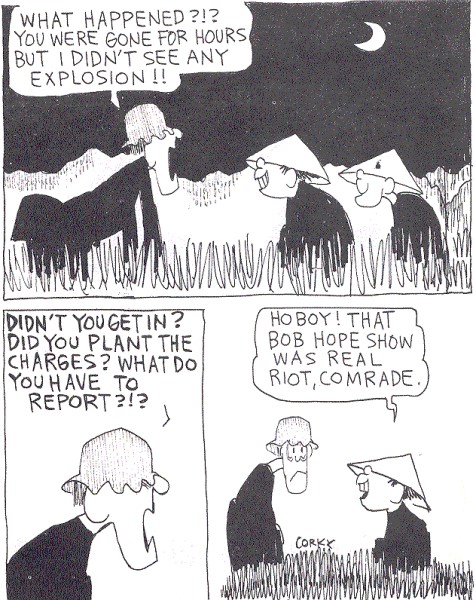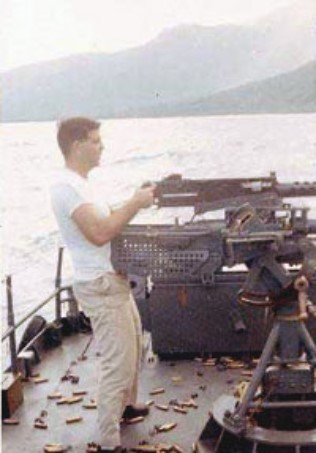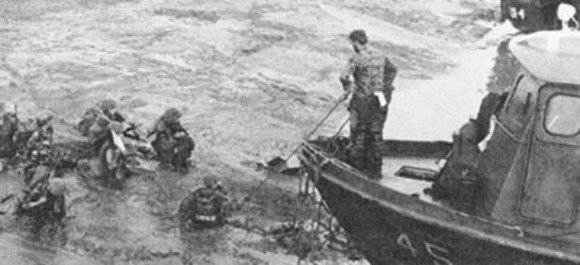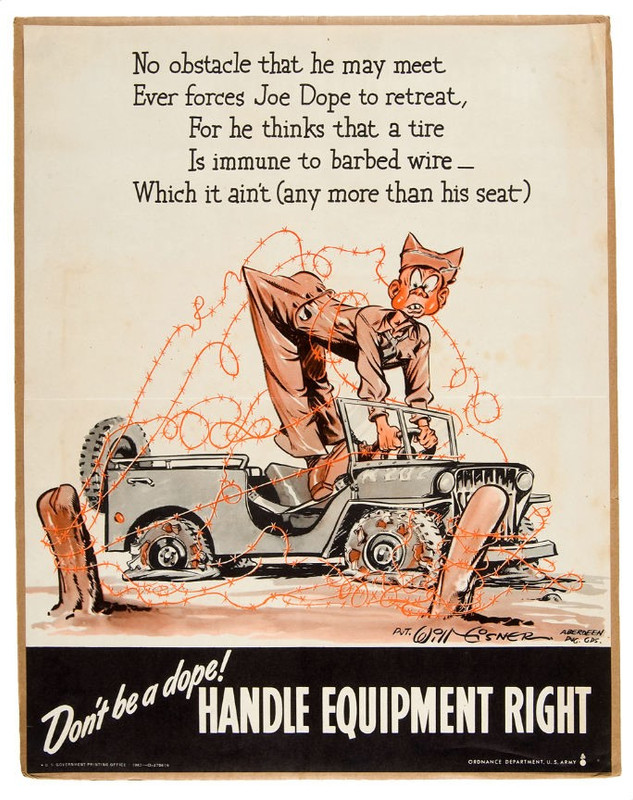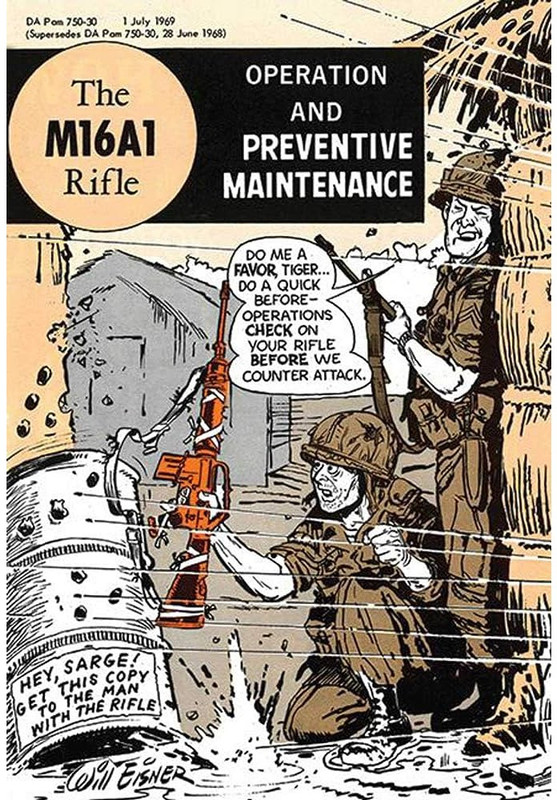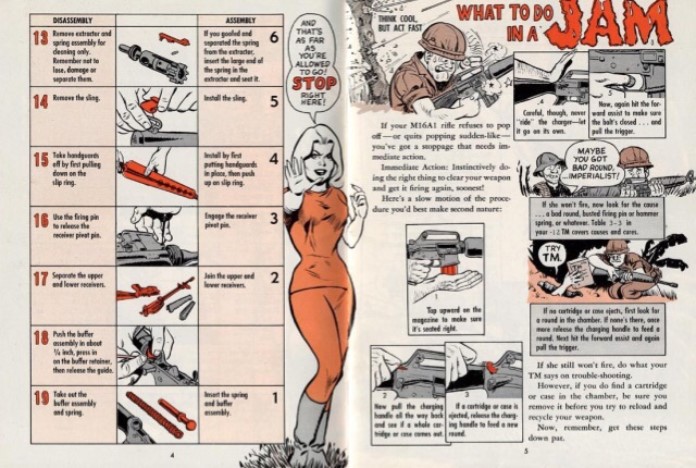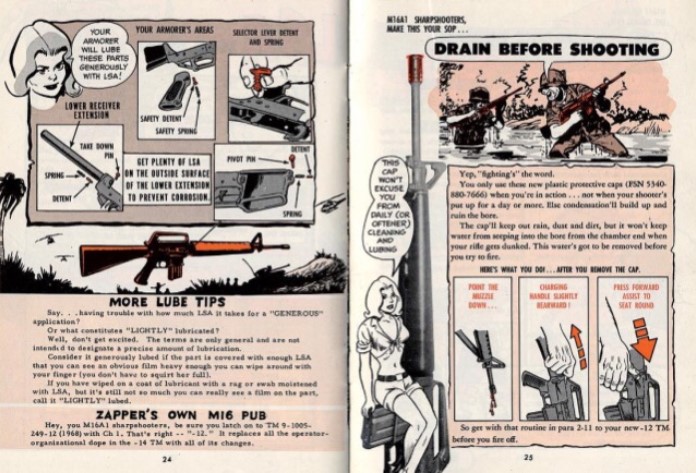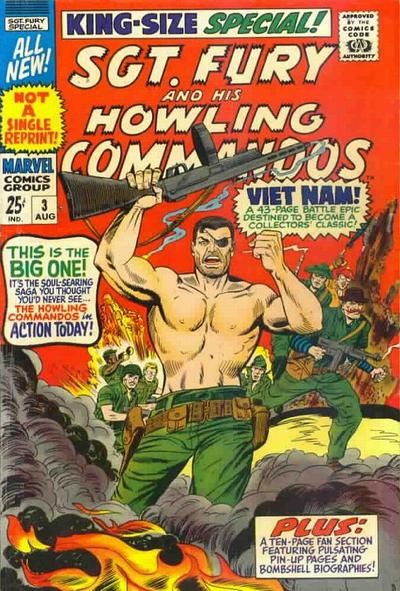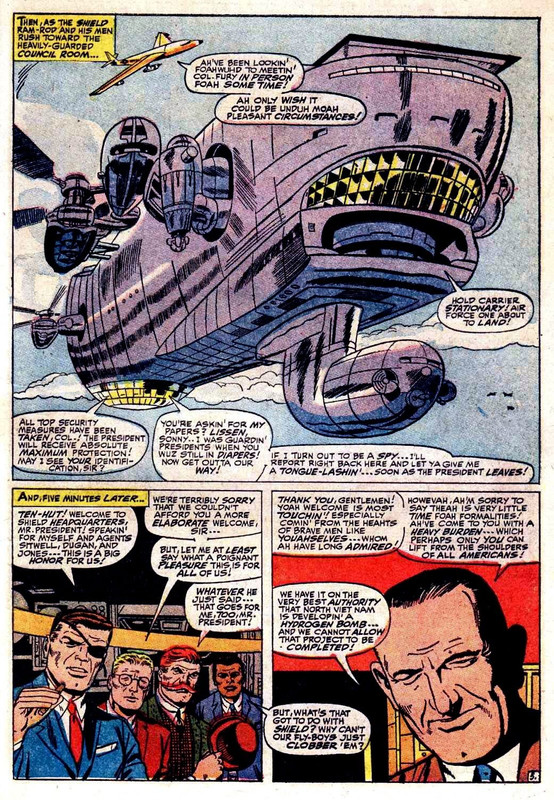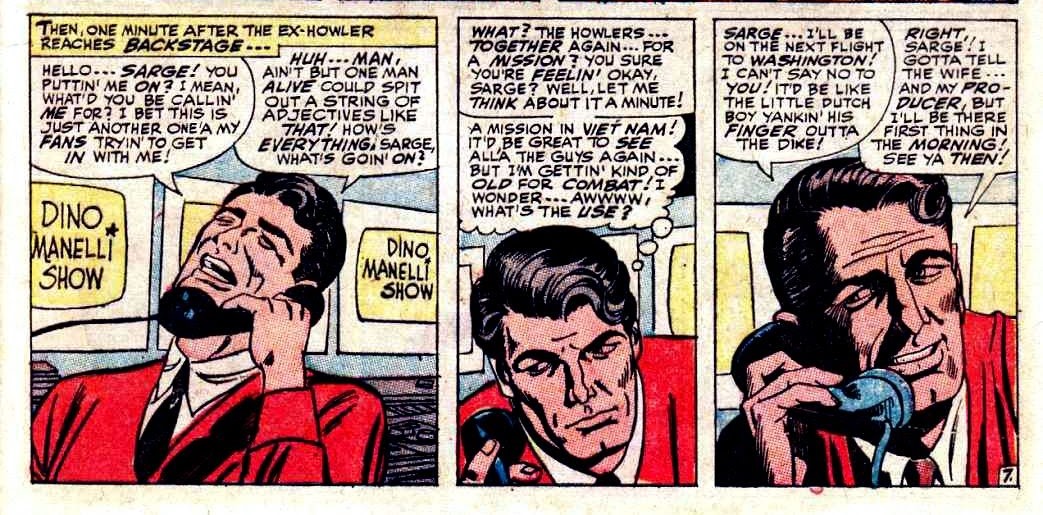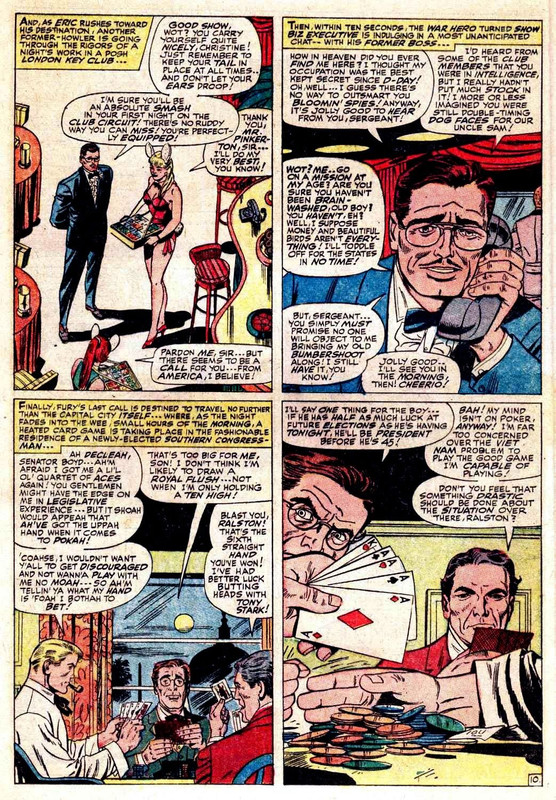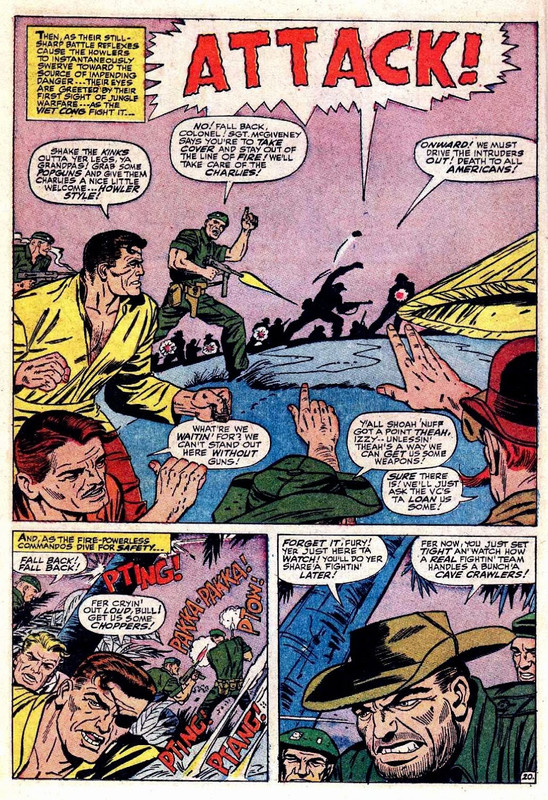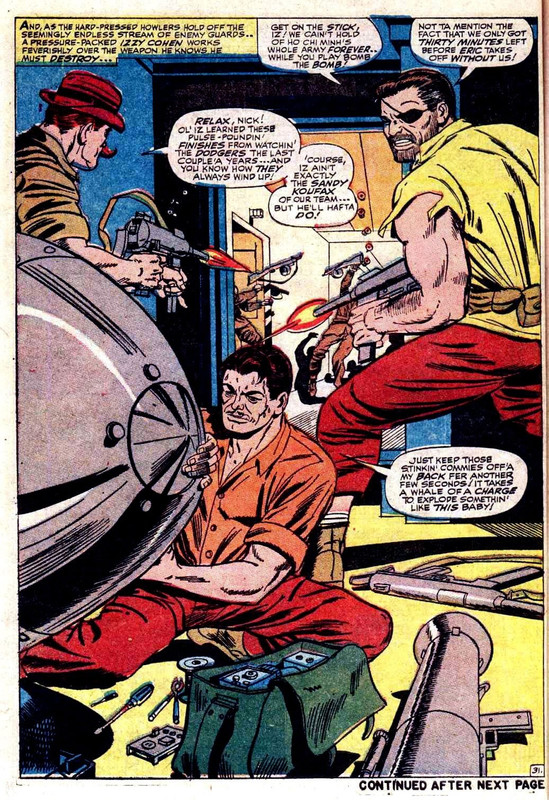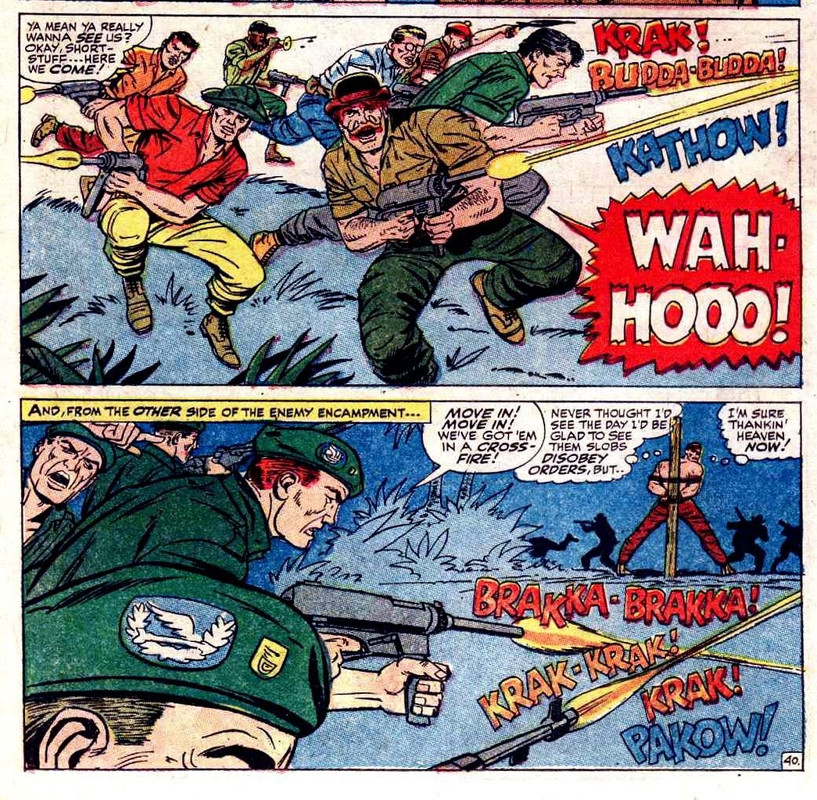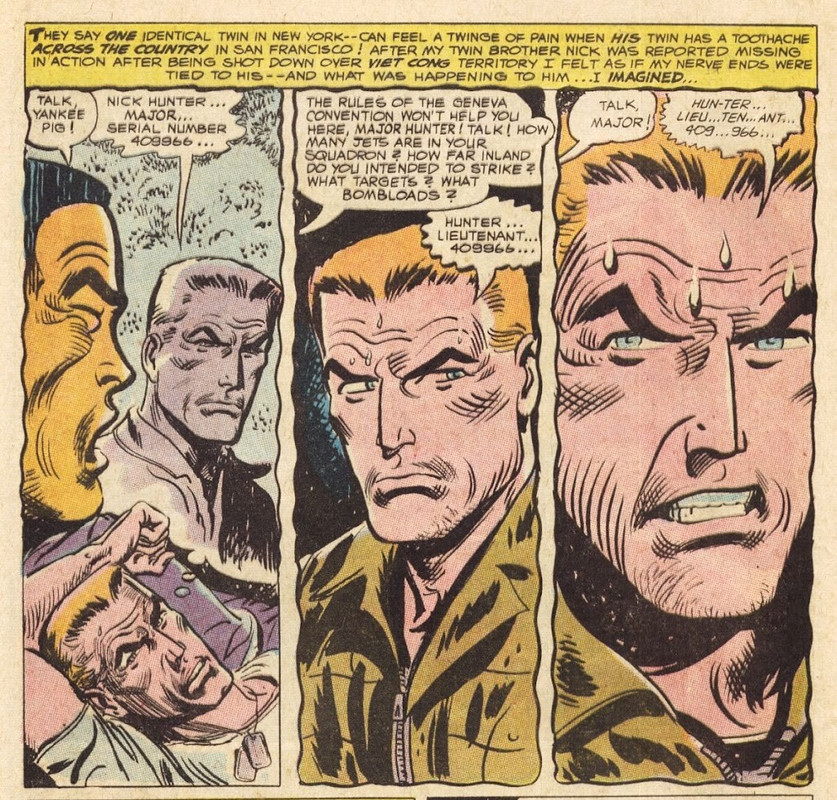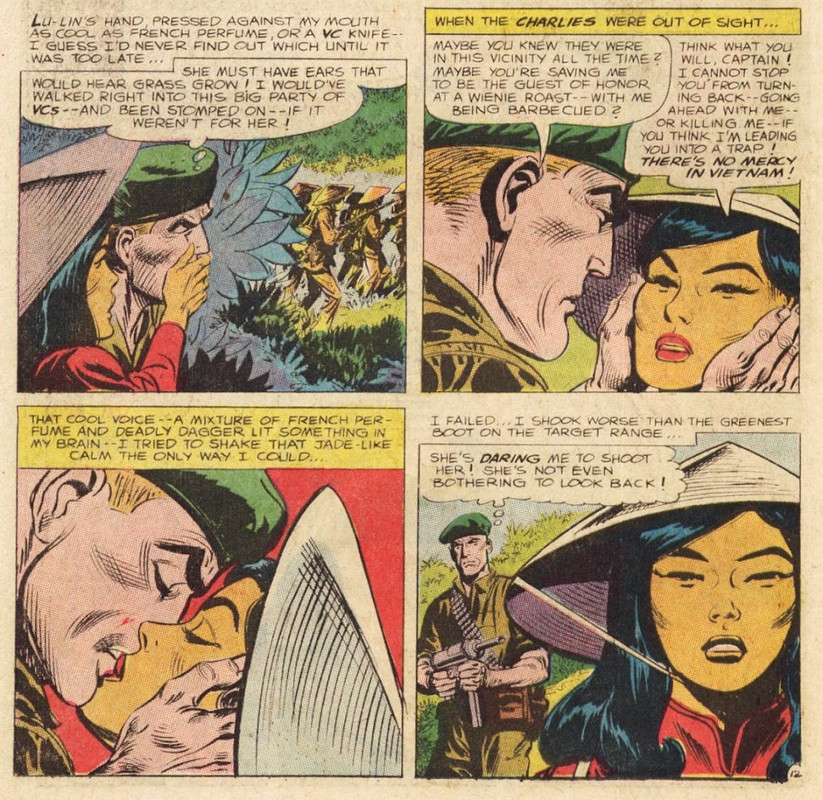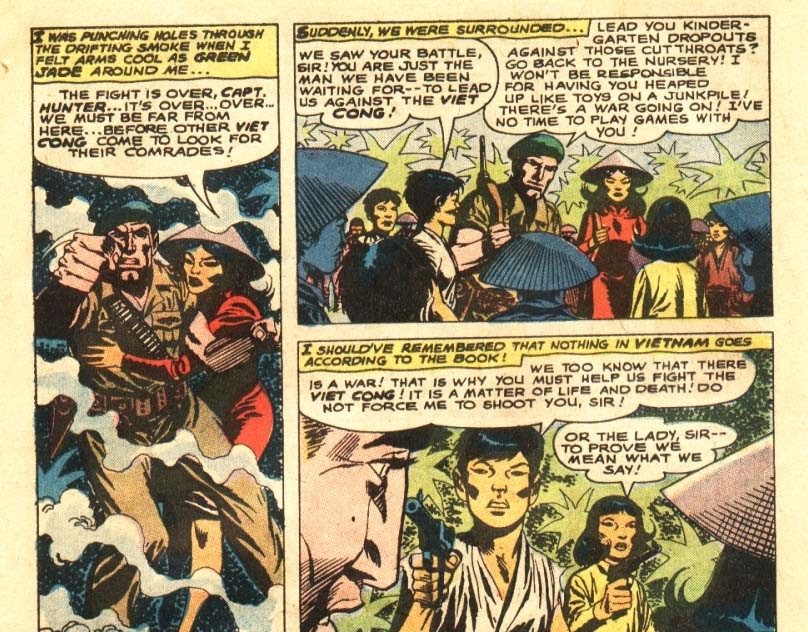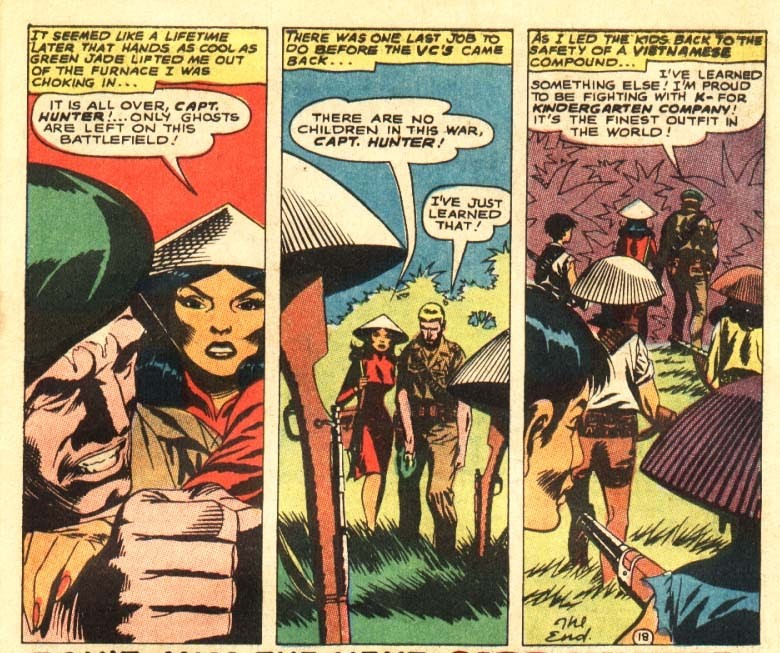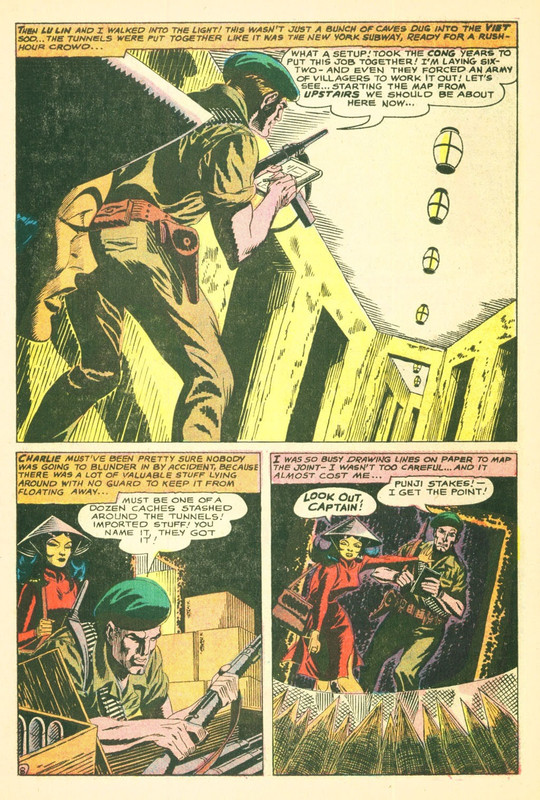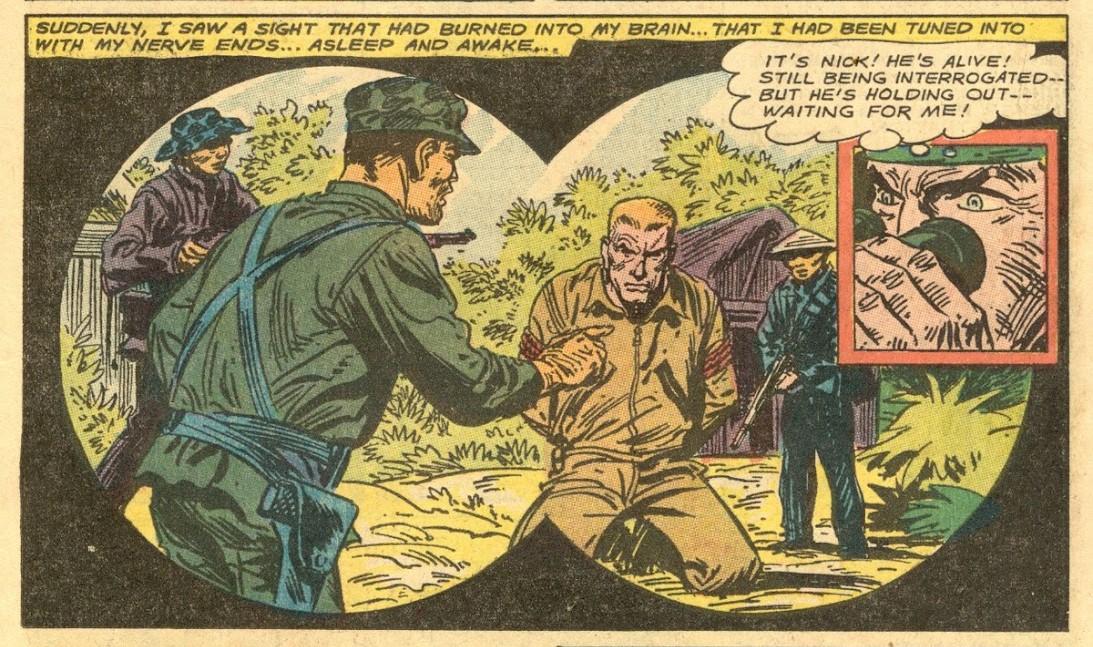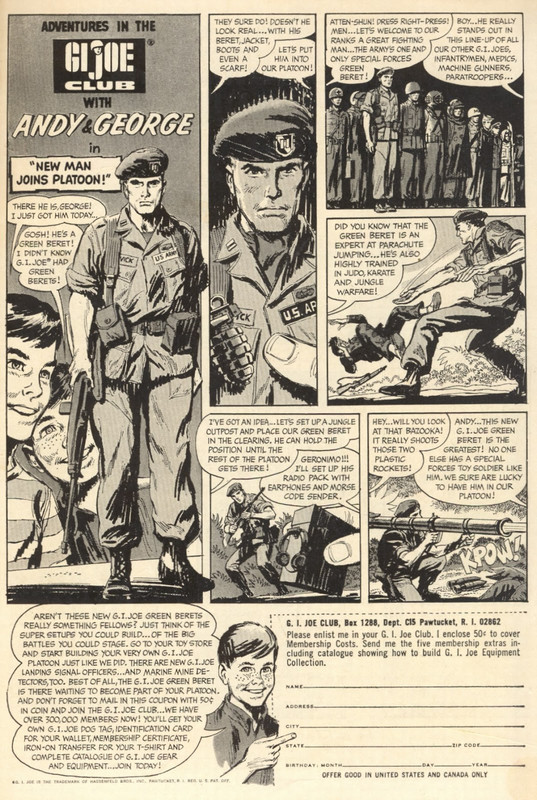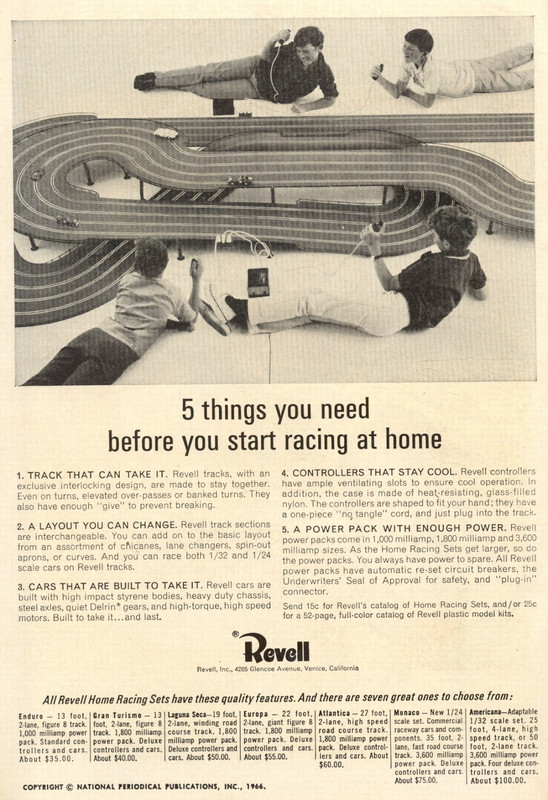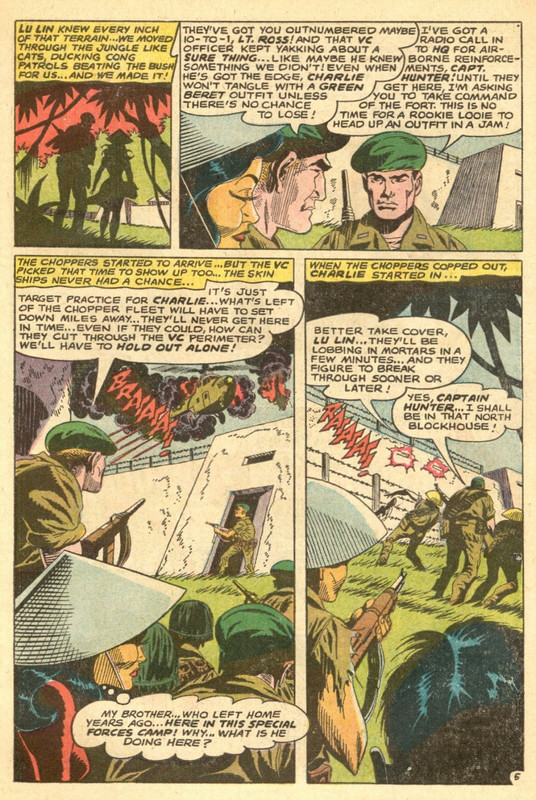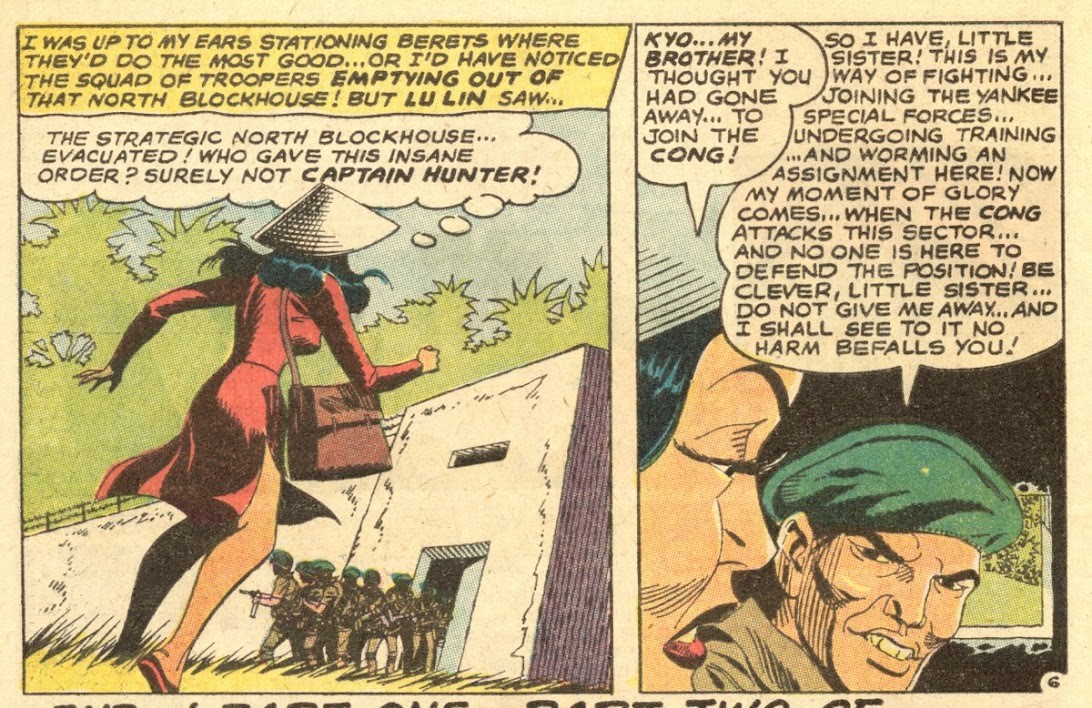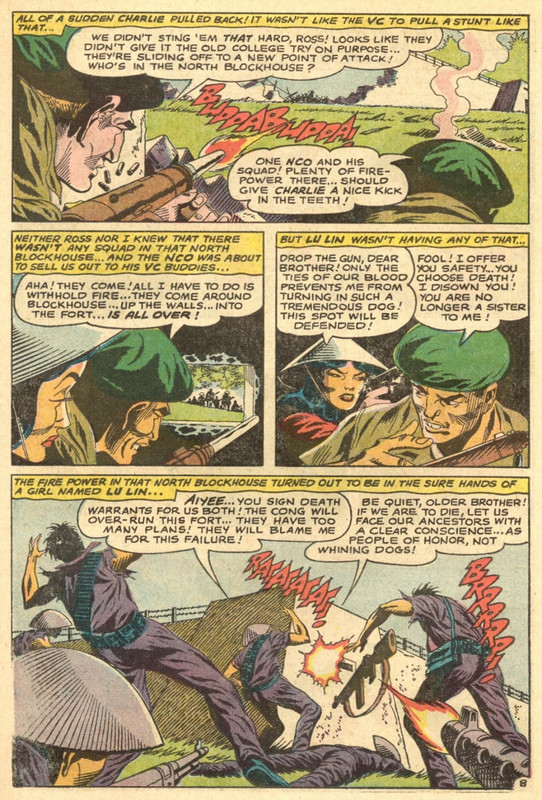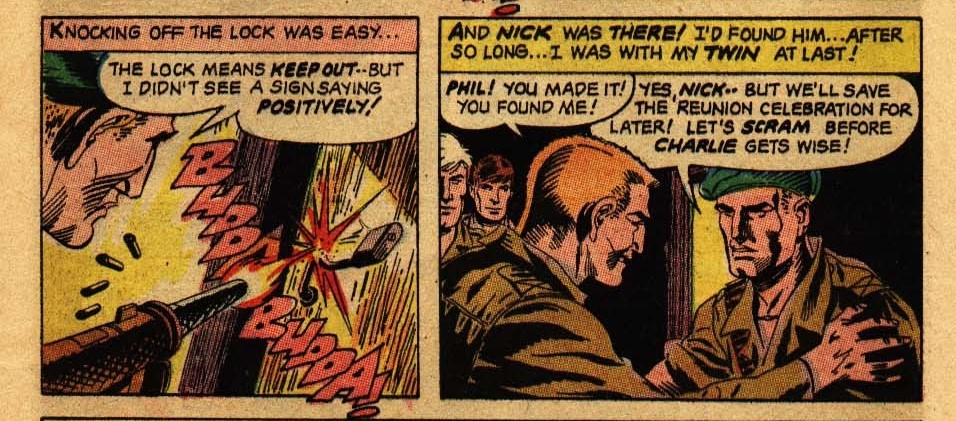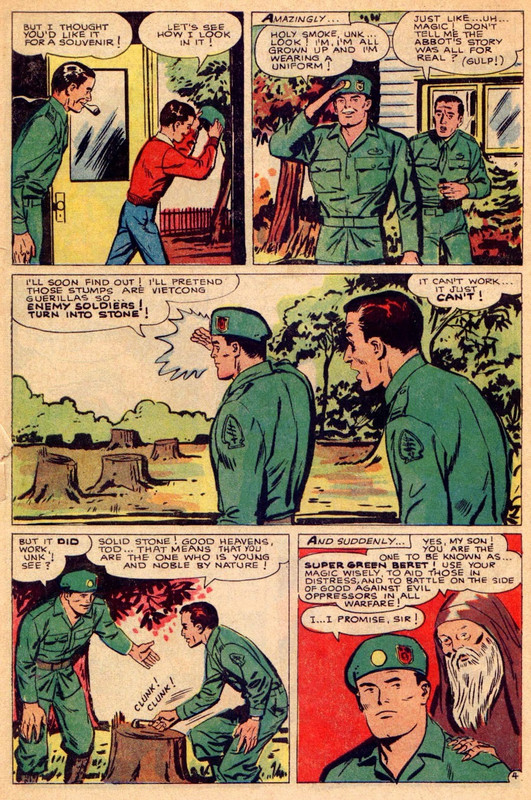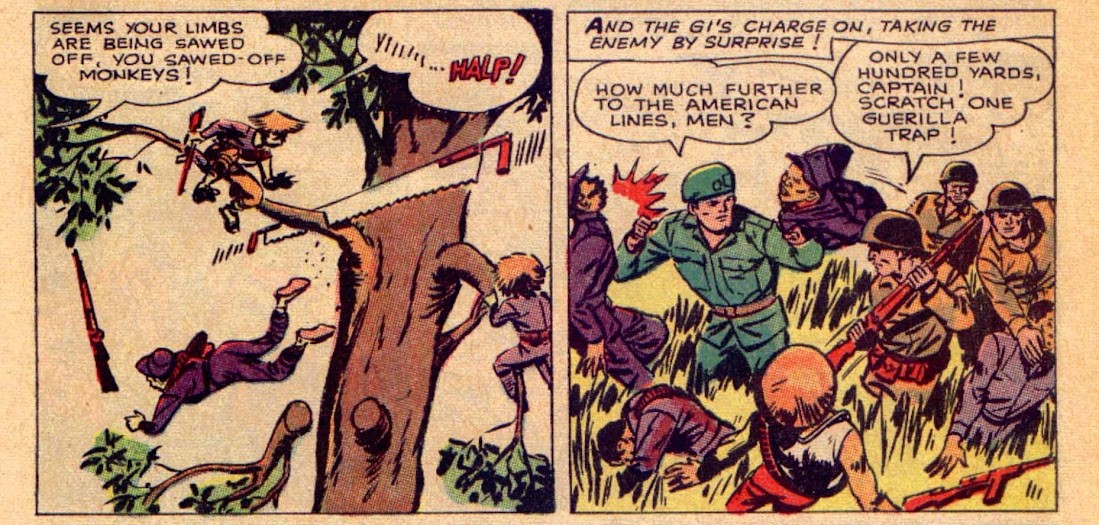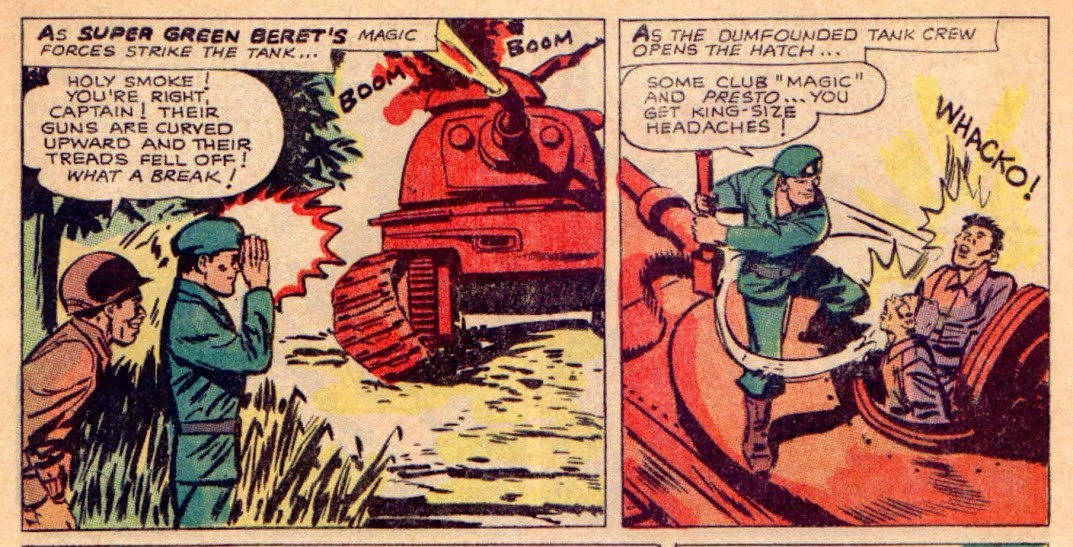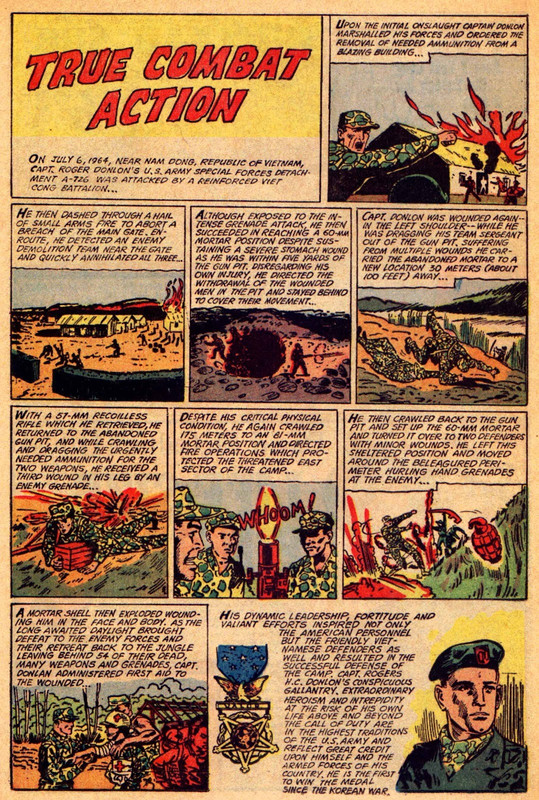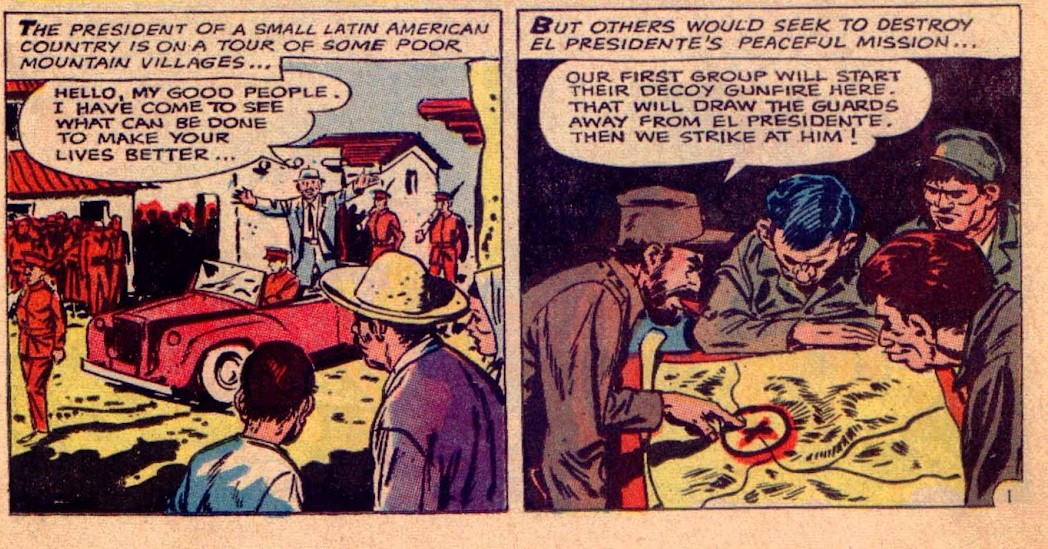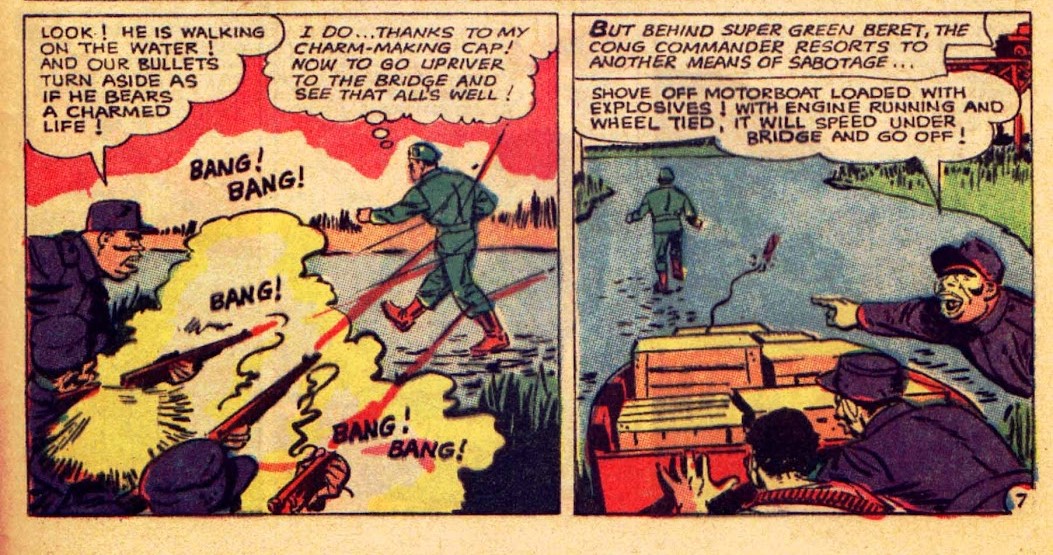The Vietnam War, as Depicted in Comics
Sept 19, 2023 17:31:58 GMT -5
Roquefort Raider, foxley, and 1 more like this
Post by codystarbuck on Sept 19, 2023 17:31:58 GMT -5
So far, the examples of comics that dealt with the Vietnam War are pretty much standard war comic plots, transposed to America's then-current war. They could have been placed in Korea or WW2, with little change, other than a beret or two. For the most part, they reflect the general attitude of the media and politicians, regarding the US involvement in Southeast Asia. However, opposition to US involvement was there, at the start, and grew as America went from advisory teams to full scale combat deployments, up to and including whole Army divisions (as in the 21st Infantry Division and the 10st Airborne Division), by 1967. Protests gained strength, especially on university campuses, where young men of draft age were facing the reality of being called up to not just serve a two year hitch in the Army, in Louisiana or Germany; but to actually go fight in the jungles of Southeast Asia. For some, this was a whole different ballgame. Unlike in 1941, the North Vietnamese had not attacked US territory. This was some mess that the French got involved in and then turned tail and left it to the United States and the few countries they were able to persuade to lend a hand (all allies in the South Pacific). Some had advantages to stay out of the war, due to political influence, like many current and recent era politicians, or economic influence to stay out. Others had legitimate deferments, because they were enrolled in college; but, even that wasn't a guarantee of staying out. Some people didn't want to fight; but lacked the economic resources to buy their way out and the political connections to rubber stamp their way out. This was especially true of African-Americans.
African-Americans, in the mid-60s, made up 12% of the US population, but over 16% of the Armed Services and nearly 25% of the entire US Army. They were also only 2% of the officer corps, across all branches of service. Thus, they were disproportionately likely to be in combat, in Vietnam and were. They were also more likely to be assigned to what constituted "the front lines" and also subjected to more disciplinary action than white soldiers and just as more often to be given "Other Than Honorable" Discharges, for minor infractions, what became known as "bad papers."
The US military was integrated under Executive Order #9981, under President Harry S Truman, in 1948. There was major pushback from politicians and within the Armed Forces. The first secretary of the Air Force, W Stuart Symington was a supporter of the measure and the Air Force quickly carried out the order and soon had the most integrated of all the armed services, to the point of openly defying Jim Crow and segregation laws in the South, at Air Force bases. The US Navy made a surface change, allowing African-Americans to serve in any rating; but, the reality was they were still largely relegated to steward duties and messmen, not in engineering or operations departments. The US Army dragged its feet, arguing that integration would degrade unit integrity and did not fully desegregate until 1954, after the cessation of hostilities in the Korean War (well, the active fighting). The Marine Corps fought it even moreso; but, was integrated by 1952, out of necessity, due to the losses in Korea.
The Vietnam War coincided with the Civil Rights Movement , in America. African-Americans marched and protested in defiance of segregation laws and other impediments to constitutionally guaranteed rights. The very same Constitution that all service members and government officials swear an oath to "protect and defend." Many felt that it was the same struggle, of an underclass against the groups that exploited them, who had a comfortable existence at the expense of those who toiled for them, in their factories and service groups. Much of the movement had its origin in African-Americans who served in the Armed Forces during WW2, fighting against barriers to be allowed to fight against tyranny and aggression in Europe and the South Pacific, only to be denied the freedoms they fought for. African-American soldiers were often denied GI Bill benefits, due to Draconian regulations and conditions of service. Poor white Americans were equally serving in disproportionate numbers; but, they were more likely to be able to partake in some of the benefits. It is then easy to see, why some in the Civil Rights movement and the general population began to refer to Vietnam as "The White Man's War." One of those people was Civil Rights activist and Georgia House of representatives member Julian Bond.

Bond had helped establish the Student Nonviolent Coordinating Committee, while a student at Morehouse College, a notable Historically Black university, in Atlanta (which was the inspiration for Hillman College, on The Cosby Show). That group organized sit-ins and other nonviolent protests and demonstrations in support of desegregation and civil rights. He also helped found the Atlanta Inquirer, a protest newspaper and left Morehouse to work on it. In 1965, he was elected to the Georgia House of Representatives; but, after the election, the House voted not to seat him, because of antiwar statements he made, in speeches. He was part of 11 African-Americans elected to the House and the vote was 184-12, with 5 whites voting to seat him. he took the case to court and lost in the Northern District of Georgia court and appealed it to the US Supreme Court, which eventually ruled that the Georgia House had violated his right to Freedom of Speech and they were then forced to seat him.
In 1967, Dr Martin Luther King gave a speech, condemning the Vietnam War on both economic and moral grounds, drawing a direct line between expenditures on the war, fought under murky, at best, justification, and that on social development programs in poor American communities.....
In that same year, Julian Bond got together with artist TG Lewis, to create a comic book to lay out opposition to the Vietnam War, most specifically for African-Americans, but also on the same economic grounds that Dr King described in his speech. The work lays out the background to the conflict in Vietnam in terms you didn't hear from the US government or most of the media....
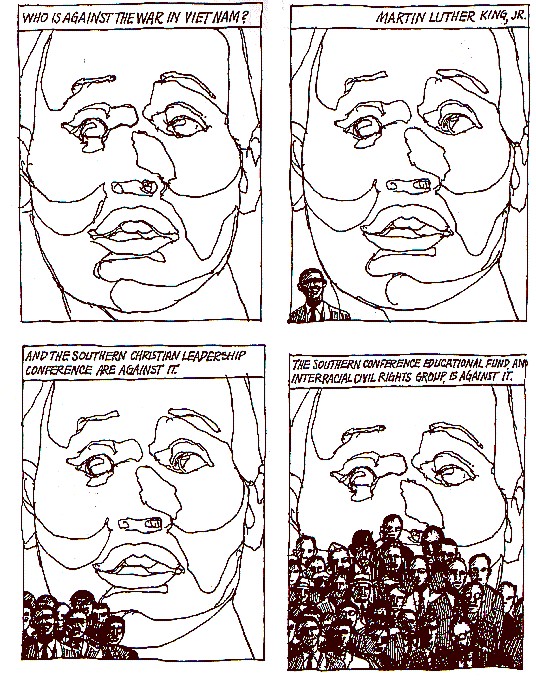
From the start, Bond invokes respected names from the Civil Rights Movement, starting with Dr Martin Luther King. he quickly follows by adding other noted Civil Rights Leaders, such as John Lewis and Stokley Carmichael and the SNCC. He points to Muhammad Ali's refusal to fight, which cost him the World Heavyweight Boxing Championship. He adds the names of The Nation of Islam leader Elijah Muhammed and Malcolm X, Adam Clayton Powell, The Congress of Racial Equality. Thus, he says the noted African-American leadership opposes the war. He then extends that protest to the African nations within the United Nations and further into the poor citizens of the country, whose sons are being called to fight in it.
He next invokes the questions of why are we being called to fight there, while being denied rights at home, or why aren't we fighting at home to secure those rights....
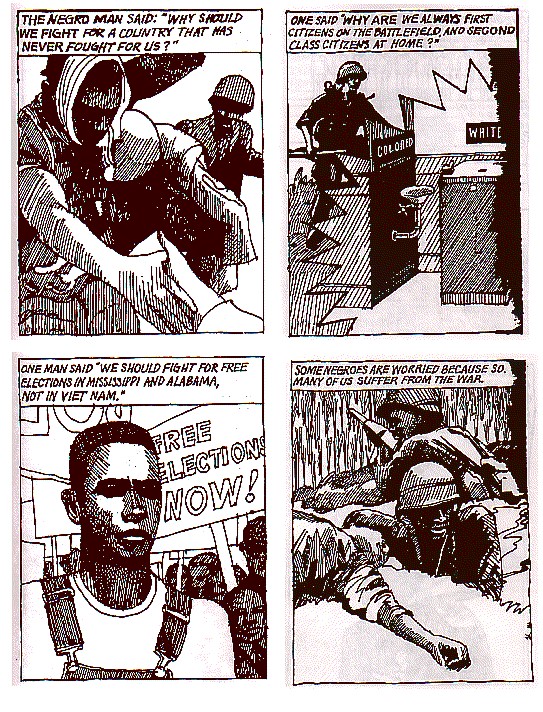
Those questions are followed with the statistics that 1 out of every 10 young men in America is Black, but 2 out of every 5 casualties among US soldiers in Vietnam is Black.
Bond next juxtaposes the US Civil War with the French efforts to conquer Vietnam, at the same time. Between 1858 and 1885, The Second French Empire and Third French Republic fought against the Empire of Dai Nam, for control of Vietnam, which ultimately concluded with French control of Laos, Cambodia and Vietnam, in what became known as French IndoChina. France maintained these colonies until 1940, when the Vichy government acceded to Japanese demands for access to the Gulf of Tonkin and Japanese forces occupied the country, without having to fire a shot. To the Vietnamese, who had proved troops, labor and resources to France, in World War 1, this was a massive betrayal. The Japanese promised greater freedoms under an Asian master. This proved false and fueled the guerrilla warfare activities of Ho Chi Minh. When the Japanese orchestrated a formal coup in March 1945, to bring Vietnam officially under their control, Ho Chi Minh issued a resolution calling for a complete uprising. Throughout the war, Ho Chi Minh was reluctantly aided by the OSS, who were greatly impressed with the fighting ability of the Viet Minh.
Bond continues the history lesson by showing that the Japanese were defeated and the Vietnamese declared themselves independent, with Ho Chi Minh elected as leader. Then, in 1946, France sent troops to reclaim the country from the new government....
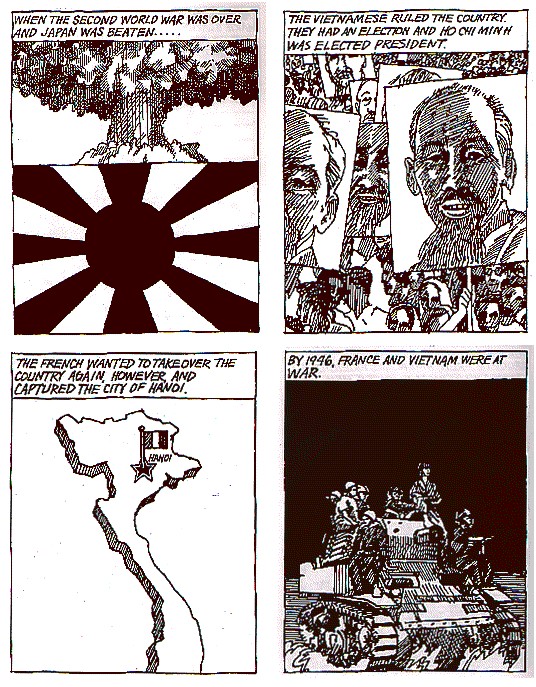
He next demonstrates that instead of aiding indigenous people's against a colonial master, as in the American Revolution (okay, transplanted colonists, in the American situation, rather than the Native population) and America provided material and even air support for the French, right up to the end, at Dien Bien Phu. The US actually debated the use of nuclear weapons in Vietnam, after the defeat and there was some push to join the fight, which was opposed in the US Senate, by Lyndon Johnson and Bond quotes his statements that "sending American GIs....on a bloodletting spree, to perpetuate colonialism and White Man's exploitation of Asia." The irony that Johnson was now the President of the United States and was escalating US involvement in the war.
The comic then denotes the agreement to divide the country along the 17th Parallel, until a full national election could be held. Further agreements barred importation of foreign military resources and personnel, an agreement signed by France, Vietnam, China, the USSR and the United Kingdom, but not the united States of America. Bond states the US opposed elections and that President Eisenhower predicted that 80% of the population would vote for Ho Chi Minh and the Communists. He then speaks about the US setting up the Diehm Regime in the South and its repression of opposition and compares it to the KKK, in the US....
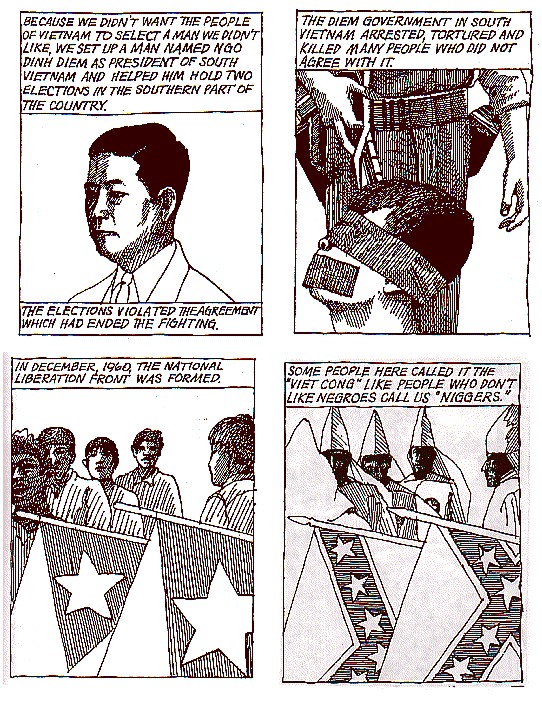
Bond is hitting hard now, comparing the National Liberation Front, the Vietnamese communist Guerrillas or Viet Cong, to the civil Rights Movement and even equating the term Viet Cong as akin to the N-word. These direct parallels hammer home the point that the fight between North and South is the same as the struggle for equal rights being fought by African Americans, laying the case that refusing to fight for the same government that denies them civil rights is both just and moral.
Bond depicts the NLF as a conglomeration of people and not just the Communists.....
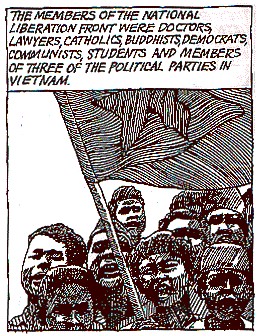
This is where Bond is crossing into propaganda territory. The term "Viet Cong" comes from the Vietnamese Viet Nam cong san, which roughly translates as Vietnamese communist and was first used in Saigon newspapers, in 1956. Propaganda on both sides portrayed the NLF/VC in vastly different ways. In the North, they were the Southern groups fighting to liberate the country from the Diehm government and outside oppression. In the South, they were insurgents from the North. bond depicts them as doctors, lawyers, Christians, Buddhists, peasant and professional alike; but, the reality was a bit different. At the time of the partition of Vietnam, this may have been true, but some 5-10,000 Viet Minh had stayed behind in the south to focus on political activity and agitation. After Diehm had taken control of Saigon and several militant religious sects, he focused on subduing the VC opposition. Over time, the VC became more of an armed revolt, directed secretly by the North, who claimed it was an independent movement in the South. The VC used intimidation and terror to bring areas under their control, just as the Diehm government used the same tactics to control the major cities and surrounding areas. Bond ends up perpetuating the Northern Propaganda, while ignoring the evidence of the reality in the South, in part because of the Diehm governments own repression of the same people, with US assistance, ignoring that the US government had been trying to rein in the Diehm government and even stood neutral as the coup by the military occurred.
Bond then rebuts the argument of the VC being Communists and therefore an enemy of democracy with statements from Henry Cabot Lodge, the US Ambassador to South Vietnam, who says the Communists are the only ones doing anything for the little guys.
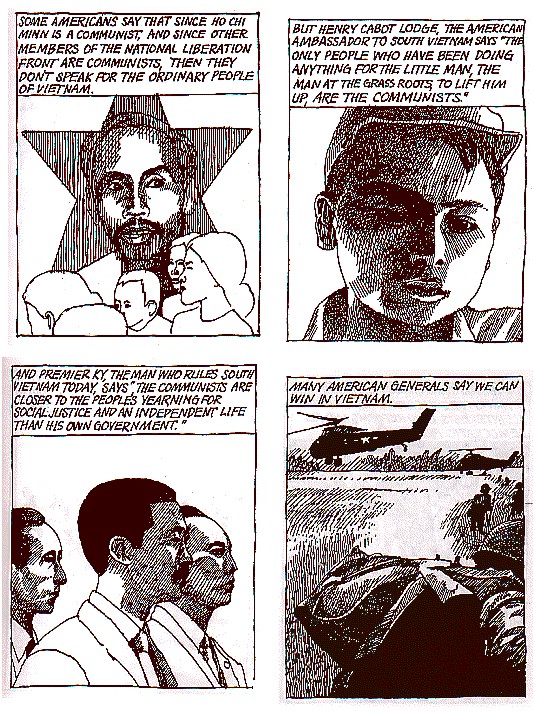
He then finishes up with claims by teh US Army that they are winning the war and can defeat the Communists with statements by Generals Douglas MacArthur, Dwight Eisenhower, Maxwell Taylor, Matthew Ridgeway, James Gavin and Omar Bradley that the US should not have a large troop presence in Southeast Asia. He points out that desertion rate of ARVN Forces, in 1965 was 20% and that teh National Liberation front has called for land reforms and free elections, all of which have been denied.
Bond ends with the economic costs, with the figure of $500,000 for every VC or PAVN soldier killed, vs the desperate need for economic aid in inner cities. he then refutes arguments about loss of face, The Domino Theory, Chinese Aggression and other pro-war arguments and points out the parallels between the NLF and the Sons of Liberty and other American Revolution groups, including comparing the guerrilla war tactics of the VC to the frontier fighters in the Revolution. In the end, he calls for people to take a more active role in government and registering to vote to help decide the next election and bring an end to US involvement. He never advocates desertion, draft card burning or fleeing to Canada, in defiance of Selective Service; but, rather, peaceful civic action.
In many ways, this is an Underground comic, as it is independently published, with a definite political and social agenda, rather than entertainment. There were other comics out there used for political purposes, including campaigns for conservative candidates, as well as anti-Communist messages, including things like the Catholic-oriented comic book Treasure Chest of Fun and Fact. This is the same tactic, applied to the opposing side; not in favor of Communism, but against tUS involvement in the fighting in Vietnam, for both moral reasons and economic reasons, and as an extension for the demand for Civil Rights,. It was an issue that directly affected African-Americans, though the message within is also aimed at the broader electorate, in terms of who is doing the fighting and who is in government. However, many of the points made are specifically target to the African-American audience.
Even the Underground Comix were not hitting the antiwar issue very strongly. If they did, it was more often through satire, in things like Wonder Warthog or The Legion of Charlies, which equated the manson Family Killings to the My Lai Massacre. For the most part, the Undergrounds stuck to sex, drugs and rock and roll, but mostly sex and drugs....and satire.
I have no statistics as to the publication numbers for this comic, nor the breadth of its distribution. I suspect it was probably spread more in urban African-American areas, by activists; but, I have doubts about its effectiveness. It was probably more of a case of preaching to the choir, though I have no real idea. I was a child during the height of the Vietnam War and my knowledge was just a vague sense, at the time, until news reports of the Fall of Saigon, in 1975. My comic book world, then, revolved around Uncle Scrooge, Super Goof, Superman and Batman and the occasional Archie and Richie Rich comic.
Within mainstream comics, Vietnam was pretty much avoided, after 1967, as even war comics concentrated on the more fashionable second World War, with Charlton being the main holdout, who continued to publish Vietnam War stories into the early 1970s, as we will explore, in a future installment.
Next up, we will cover a couple of comic oddities of the period, as we look at a humor strip about the war (!!) and a comic book to teach preventative maintenance, to the US Army, from the man behind Denny Colt. Come on back as we explore the Stars & Stripes feature, Nguyen Charlie and Will Eisner's PM Magazine and one particular publication from his company, devoted to the care and maintenance of the M-16 rifle.
It still manages to have more plot than your average issue of Youngblood!

African-Americans, in the mid-60s, made up 12% of the US population, but over 16% of the Armed Services and nearly 25% of the entire US Army. They were also only 2% of the officer corps, across all branches of service. Thus, they were disproportionately likely to be in combat, in Vietnam and were. They were also more likely to be assigned to what constituted "the front lines" and also subjected to more disciplinary action than white soldiers and just as more often to be given "Other Than Honorable" Discharges, for minor infractions, what became known as "bad papers."
The US military was integrated under Executive Order #9981, under President Harry S Truman, in 1948. There was major pushback from politicians and within the Armed Forces. The first secretary of the Air Force, W Stuart Symington was a supporter of the measure and the Air Force quickly carried out the order and soon had the most integrated of all the armed services, to the point of openly defying Jim Crow and segregation laws in the South, at Air Force bases. The US Navy made a surface change, allowing African-Americans to serve in any rating; but, the reality was they were still largely relegated to steward duties and messmen, not in engineering or operations departments. The US Army dragged its feet, arguing that integration would degrade unit integrity and did not fully desegregate until 1954, after the cessation of hostilities in the Korean War (well, the active fighting). The Marine Corps fought it even moreso; but, was integrated by 1952, out of necessity, due to the losses in Korea.
The Vietnam War coincided with the Civil Rights Movement , in America. African-Americans marched and protested in defiance of segregation laws and other impediments to constitutionally guaranteed rights. The very same Constitution that all service members and government officials swear an oath to "protect and defend." Many felt that it was the same struggle, of an underclass against the groups that exploited them, who had a comfortable existence at the expense of those who toiled for them, in their factories and service groups. Much of the movement had its origin in African-Americans who served in the Armed Forces during WW2, fighting against barriers to be allowed to fight against tyranny and aggression in Europe and the South Pacific, only to be denied the freedoms they fought for. African-American soldiers were often denied GI Bill benefits, due to Draconian regulations and conditions of service. Poor white Americans were equally serving in disproportionate numbers; but, they were more likely to be able to partake in some of the benefits. It is then easy to see, why some in the Civil Rights movement and the general population began to refer to Vietnam as "The White Man's War." One of those people was Civil Rights activist and Georgia House of representatives member Julian Bond.

Bond had helped establish the Student Nonviolent Coordinating Committee, while a student at Morehouse College, a notable Historically Black university, in Atlanta (which was the inspiration for Hillman College, on The Cosby Show). That group organized sit-ins and other nonviolent protests and demonstrations in support of desegregation and civil rights. He also helped found the Atlanta Inquirer, a protest newspaper and left Morehouse to work on it. In 1965, he was elected to the Georgia House of Representatives; but, after the election, the House voted not to seat him, because of antiwar statements he made, in speeches. He was part of 11 African-Americans elected to the House and the vote was 184-12, with 5 whites voting to seat him. he took the case to court and lost in the Northern District of Georgia court and appealed it to the US Supreme Court, which eventually ruled that the Georgia House had violated his right to Freedom of Speech and they were then forced to seat him.
In 1967, Dr Martin Luther King gave a speech, condemning the Vietnam War on both economic and moral grounds, drawing a direct line between expenditures on the war, fought under murky, at best, justification, and that on social development programs in poor American communities.....
In that same year, Julian Bond got together with artist TG Lewis, to create a comic book to lay out opposition to the Vietnam War, most specifically for African-Americans, but also on the same economic grounds that Dr King described in his speech. The work lays out the background to the conflict in Vietnam in terms you didn't hear from the US government or most of the media....

From the start, Bond invokes respected names from the Civil Rights Movement, starting with Dr Martin Luther King. he quickly follows by adding other noted Civil Rights Leaders, such as John Lewis and Stokley Carmichael and the SNCC. He points to Muhammad Ali's refusal to fight, which cost him the World Heavyweight Boxing Championship. He adds the names of The Nation of Islam leader Elijah Muhammed and Malcolm X, Adam Clayton Powell, The Congress of Racial Equality. Thus, he says the noted African-American leadership opposes the war. He then extends that protest to the African nations within the United Nations and further into the poor citizens of the country, whose sons are being called to fight in it.
He next invokes the questions of why are we being called to fight there, while being denied rights at home, or why aren't we fighting at home to secure those rights....

Those questions are followed with the statistics that 1 out of every 10 young men in America is Black, but 2 out of every 5 casualties among US soldiers in Vietnam is Black.
Bond next juxtaposes the US Civil War with the French efforts to conquer Vietnam, at the same time. Between 1858 and 1885, The Second French Empire and Third French Republic fought against the Empire of Dai Nam, for control of Vietnam, which ultimately concluded with French control of Laos, Cambodia and Vietnam, in what became known as French IndoChina. France maintained these colonies until 1940, when the Vichy government acceded to Japanese demands for access to the Gulf of Tonkin and Japanese forces occupied the country, without having to fire a shot. To the Vietnamese, who had proved troops, labor and resources to France, in World War 1, this was a massive betrayal. The Japanese promised greater freedoms under an Asian master. This proved false and fueled the guerrilla warfare activities of Ho Chi Minh. When the Japanese orchestrated a formal coup in March 1945, to bring Vietnam officially under their control, Ho Chi Minh issued a resolution calling for a complete uprising. Throughout the war, Ho Chi Minh was reluctantly aided by the OSS, who were greatly impressed with the fighting ability of the Viet Minh.
Bond continues the history lesson by showing that the Japanese were defeated and the Vietnamese declared themselves independent, with Ho Chi Minh elected as leader. Then, in 1946, France sent troops to reclaim the country from the new government....

He next demonstrates that instead of aiding indigenous people's against a colonial master, as in the American Revolution (okay, transplanted colonists, in the American situation, rather than the Native population) and America provided material and even air support for the French, right up to the end, at Dien Bien Phu. The US actually debated the use of nuclear weapons in Vietnam, after the defeat and there was some push to join the fight, which was opposed in the US Senate, by Lyndon Johnson and Bond quotes his statements that "sending American GIs....on a bloodletting spree, to perpetuate colonialism and White Man's exploitation of Asia." The irony that Johnson was now the President of the United States and was escalating US involvement in the war.
The comic then denotes the agreement to divide the country along the 17th Parallel, until a full national election could be held. Further agreements barred importation of foreign military resources and personnel, an agreement signed by France, Vietnam, China, the USSR and the United Kingdom, but not the united States of America. Bond states the US opposed elections and that President Eisenhower predicted that 80% of the population would vote for Ho Chi Minh and the Communists. He then speaks about the US setting up the Diehm Regime in the South and its repression of opposition and compares it to the KKK, in the US....

Bond is hitting hard now, comparing the National Liberation Front, the Vietnamese communist Guerrillas or Viet Cong, to the civil Rights Movement and even equating the term Viet Cong as akin to the N-word. These direct parallels hammer home the point that the fight between North and South is the same as the struggle for equal rights being fought by African Americans, laying the case that refusing to fight for the same government that denies them civil rights is both just and moral.
Bond depicts the NLF as a conglomeration of people and not just the Communists.....

This is where Bond is crossing into propaganda territory. The term "Viet Cong" comes from the Vietnamese Viet Nam cong san, which roughly translates as Vietnamese communist and was first used in Saigon newspapers, in 1956. Propaganda on both sides portrayed the NLF/VC in vastly different ways. In the North, they were the Southern groups fighting to liberate the country from the Diehm government and outside oppression. In the South, they were insurgents from the North. bond depicts them as doctors, lawyers, Christians, Buddhists, peasant and professional alike; but, the reality was a bit different. At the time of the partition of Vietnam, this may have been true, but some 5-10,000 Viet Minh had stayed behind in the south to focus on political activity and agitation. After Diehm had taken control of Saigon and several militant religious sects, he focused on subduing the VC opposition. Over time, the VC became more of an armed revolt, directed secretly by the North, who claimed it was an independent movement in the South. The VC used intimidation and terror to bring areas under their control, just as the Diehm government used the same tactics to control the major cities and surrounding areas. Bond ends up perpetuating the Northern Propaganda, while ignoring the evidence of the reality in the South, in part because of the Diehm governments own repression of the same people, with US assistance, ignoring that the US government had been trying to rein in the Diehm government and even stood neutral as the coup by the military occurred.
Bond then rebuts the argument of the VC being Communists and therefore an enemy of democracy with statements from Henry Cabot Lodge, the US Ambassador to South Vietnam, who says the Communists are the only ones doing anything for the little guys.

He then finishes up with claims by teh US Army that they are winning the war and can defeat the Communists with statements by Generals Douglas MacArthur, Dwight Eisenhower, Maxwell Taylor, Matthew Ridgeway, James Gavin and Omar Bradley that the US should not have a large troop presence in Southeast Asia. He points out that desertion rate of ARVN Forces, in 1965 was 20% and that teh National Liberation front has called for land reforms and free elections, all of which have been denied.
Bond ends with the economic costs, with the figure of $500,000 for every VC or PAVN soldier killed, vs the desperate need for economic aid in inner cities. he then refutes arguments about loss of face, The Domino Theory, Chinese Aggression and other pro-war arguments and points out the parallels between the NLF and the Sons of Liberty and other American Revolution groups, including comparing the guerrilla war tactics of the VC to the frontier fighters in the Revolution. In the end, he calls for people to take a more active role in government and registering to vote to help decide the next election and bring an end to US involvement. He never advocates desertion, draft card burning or fleeing to Canada, in defiance of Selective Service; but, rather, peaceful civic action.
In many ways, this is an Underground comic, as it is independently published, with a definite political and social agenda, rather than entertainment. There were other comics out there used for political purposes, including campaigns for conservative candidates, as well as anti-Communist messages, including things like the Catholic-oriented comic book Treasure Chest of Fun and Fact. This is the same tactic, applied to the opposing side; not in favor of Communism, but against tUS involvement in the fighting in Vietnam, for both moral reasons and economic reasons, and as an extension for the demand for Civil Rights,. It was an issue that directly affected African-Americans, though the message within is also aimed at the broader electorate, in terms of who is doing the fighting and who is in government. However, many of the points made are specifically target to the African-American audience.
Even the Underground Comix were not hitting the antiwar issue very strongly. If they did, it was more often through satire, in things like Wonder Warthog or The Legion of Charlies, which equated the manson Family Killings to the My Lai Massacre. For the most part, the Undergrounds stuck to sex, drugs and rock and roll, but mostly sex and drugs....and satire.
I have no statistics as to the publication numbers for this comic, nor the breadth of its distribution. I suspect it was probably spread more in urban African-American areas, by activists; but, I have doubts about its effectiveness. It was probably more of a case of preaching to the choir, though I have no real idea. I was a child during the height of the Vietnam War and my knowledge was just a vague sense, at the time, until news reports of the Fall of Saigon, in 1975. My comic book world, then, revolved around Uncle Scrooge, Super Goof, Superman and Batman and the occasional Archie and Richie Rich comic.
Within mainstream comics, Vietnam was pretty much avoided, after 1967, as even war comics concentrated on the more fashionable second World War, with Charlton being the main holdout, who continued to publish Vietnam War stories into the early 1970s, as we will explore, in a future installment.
Next up, we will cover a couple of comic oddities of the period, as we look at a humor strip about the war (!!) and a comic book to teach preventative maintenance, to the US Army, from the man behind Denny Colt. Come on back as we explore the Stars & Stripes feature, Nguyen Charlie and Will Eisner's PM Magazine and one particular publication from his company, devoted to the care and maintenance of the M-16 rifle.
It still manages to have more plot than your average issue of Youngblood!




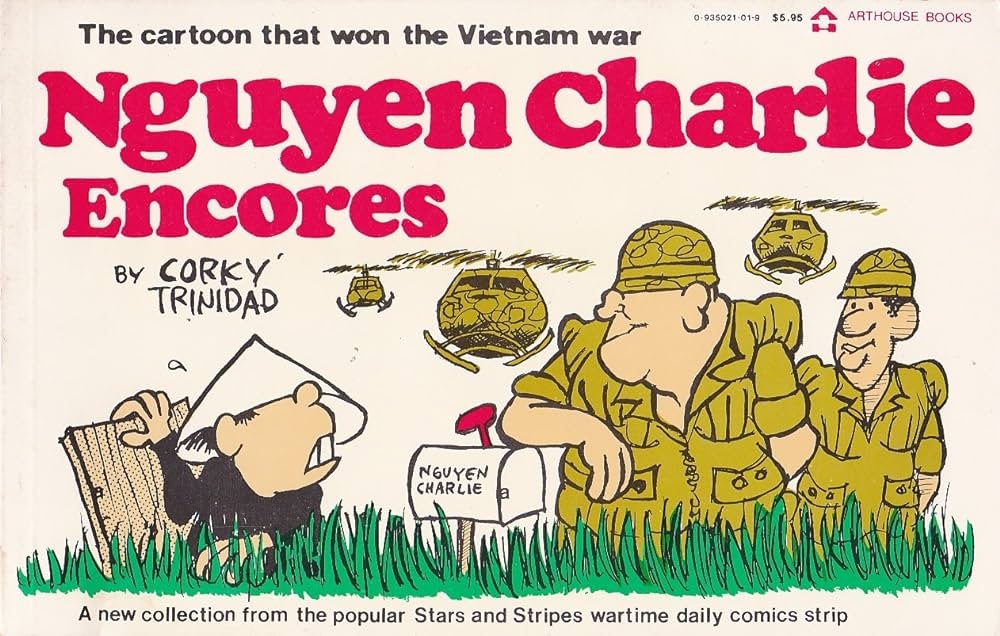
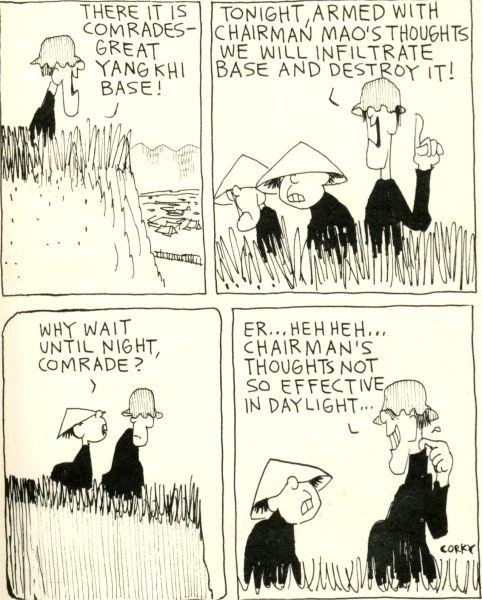 _________
_________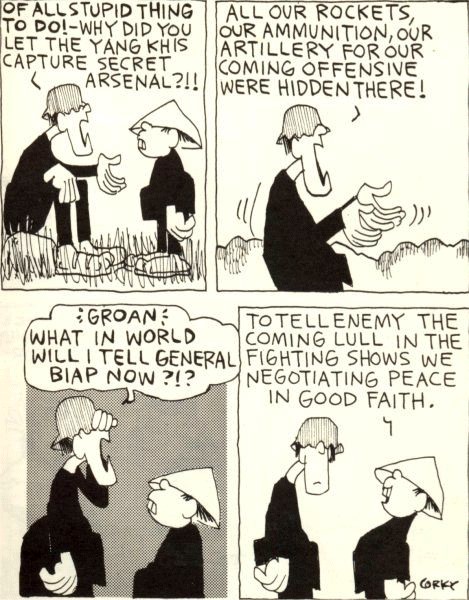
 _________
_________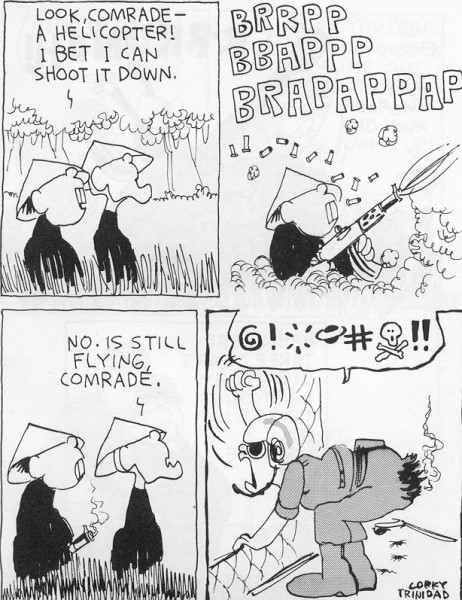
 _________
_________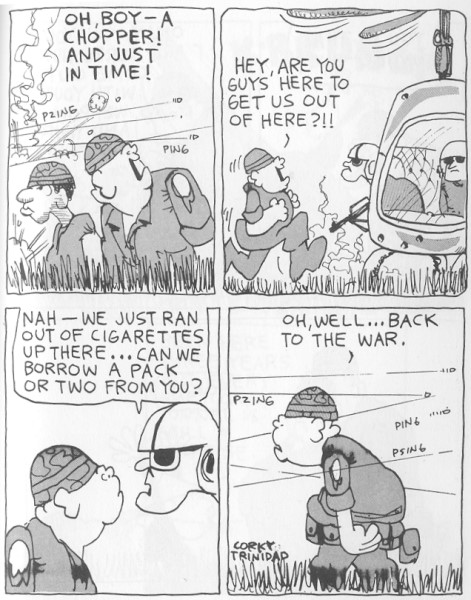
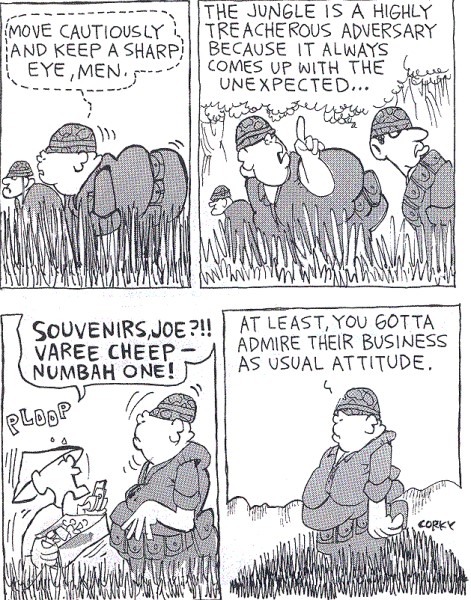 _________
_________
